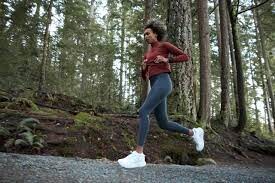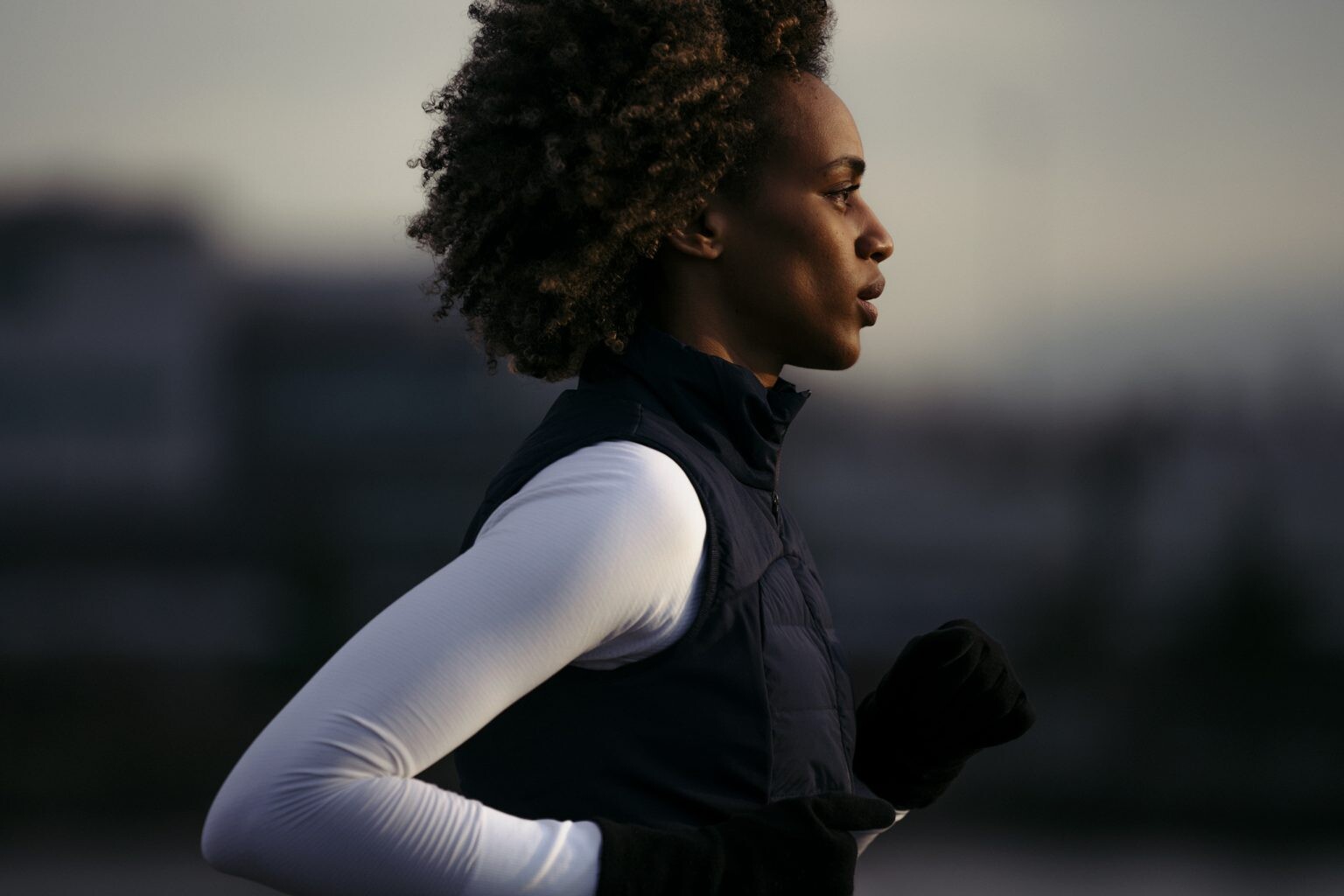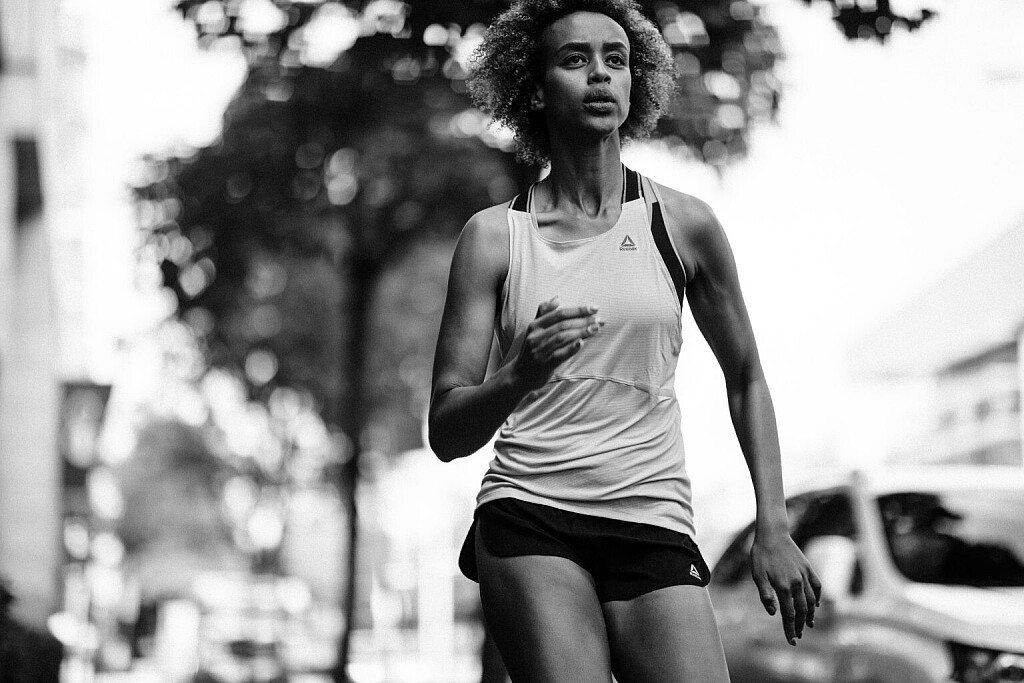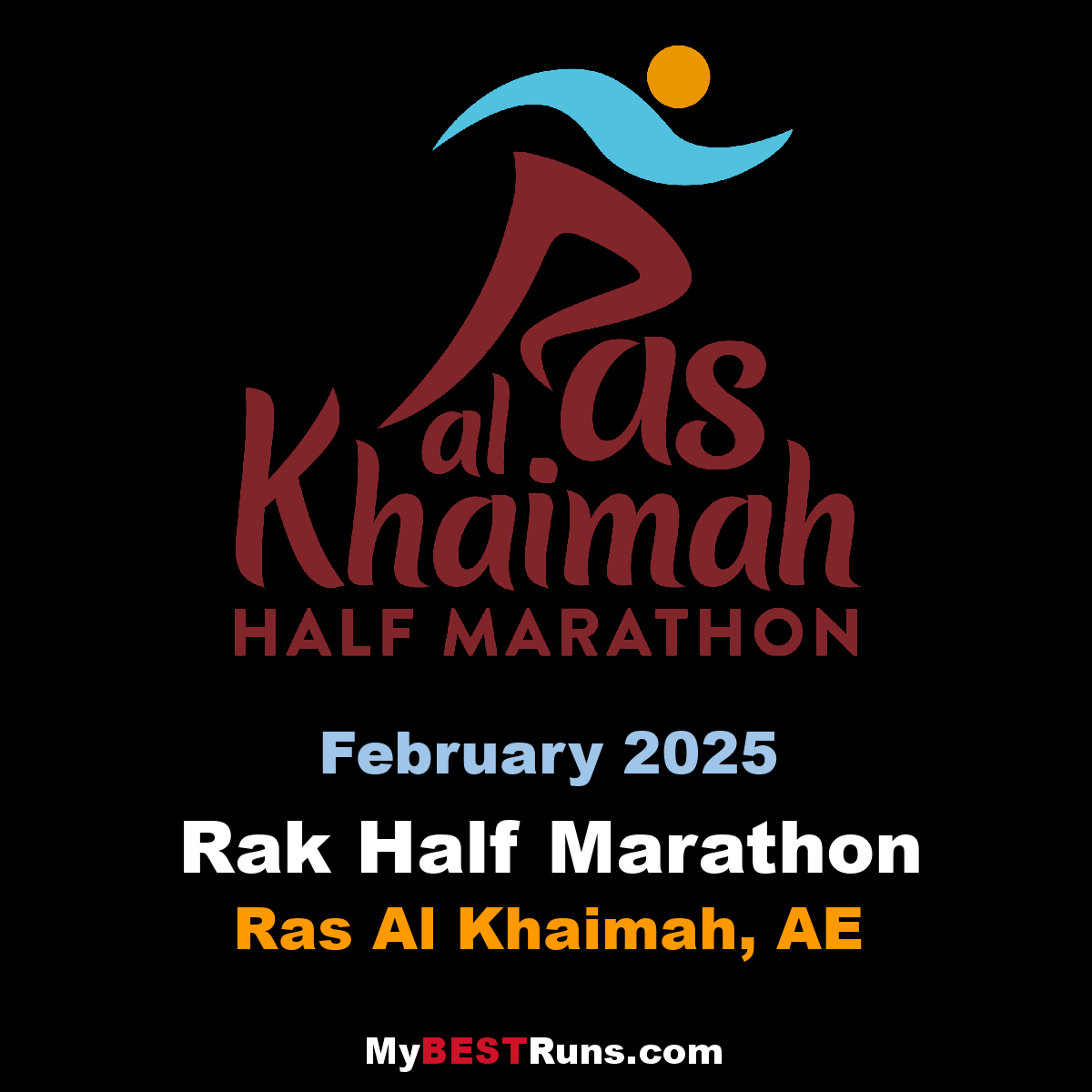Running News Daily
Running News Daily is edited by Bob Anderson. Send your news items to bob@mybestruns.com Advertising opportunities available. Train the Kenyan Way at KATA Kenya and Portugal owned and operated by Bob Anderson. Be sure to catch our movie A Long Run the movie KATA Running Camps and KATA Potato Farms - 31 now open in Kenya! https://kata.ke/
Index to Daily Posts · Sign Up For Updates · Run The World Feed
Why conversations surrounding eating disorders so often fall short
As an avid trail ultra-runner, I used to believe that working on my self-esteem and self-confidence, fixing my relationship with eating and divesting from diet (a.k.a. “wellness”) culture was enough for me to stay on the path toward healing. For context: I struggled with an eating disorder (undiagnosed bulimia) for about three years, starting my recovery five years ago. Today, I can confidently say, I have finally arrived at a place where I feel at home in my body, but I must stress that the path to getting here was winding and convoluted.
You see, one of the challenges of struggling with an eating disorder in the running community, especially if you’re a Black woman, is that most of the runners talking about their struggle are thin, white, elite women runners. This was true seven years ago, and it is still true today.

Eating disorders are thus seen as a predominantly white affliction, and the ways in which they are talked about have the effect of “centering” whiteness–i.e., it assumes everyone in the conversation is white. As a result, when it comes to questions about the causes of eating disorders, most discussions lack nuance, focusing on body image, why eating enough or eating “healthy” is important for recovery, the “runner’s body” and the ideal of thinness—surface discussions about how striving for a certain body esthetic is problematic, with an emphasis on what is now framed in the running world as the “any body is a runner’s body” narrative.
This discourse offers an incomplete picture. Non-white and Black folks like myself end up feeling disconnected and excluded from the narrative, and other complex layers around development, diagnosis and recovery are ignored. If you’re someone who lives with multiple marginalized identities (I’m an immigrant who identifies as a Black Kenyan-Somali Muslim woman), many of these factors are rooted in systemic issues. Of course, for folks who identify as queer, or trans, it’s even harder to feel seen. The stories we read, by default, have a tendency to distance eating disorders from the larger framework of oppression, thus allowing these systems to go unchecked and further complicating recovery for some (or rather, the majority, since studies have shown that eating disorders are highest in trans communities).

I offer up this piece as part of my attempt to broaden the discussion established by the current wave of writing and thinking on eating disorders in the running world. When we rarely address the politics of what it is like to run and live in a marginalized body struggling with an eating disorder, we cause further harm. Most Black and non-white folks end up struggling alone in silence, like I did. In addition, the running world furthers this harm when they choose to center body image and/or behavioral factors when talking about the causes of eating disorders. Framing eating disorders as a struggle with body image alone turns it into an issue about one’s individual relationship with their body and excuses institutionalized oppression.
As a Black woman who struggled with body dysmorphia and focused on healing my body image for the first few years of my recovery, I can honestly say that that was only one piece of the puzzle. During this time, I also turned to the Body Positive movement, which is heavily adopted in the running world, but I still felt like something was missing.
The way Body Positivity is currently viewed in the running world, there is an emphasis on loving and accepting your body as it is. There is little to no attempt to understand the systemic reasons that it’s more complicated than that in our world. This can partly be explained by the faces behind the Body Positive movement–again, mostly small bodied, white women. For this reason, Body Positivity does little to nothing to fight against anti-fat bias and other systems of oppression, and this is why for me it wasn’t enough.
Learning from fat activists about how the Body Positive movement had its roots in fat activism and fat liberation and then deviated from this politic once it became popularized, helped me reach the place I am today. So did learning about how systems of oppression operate within the running spaces I’m in, and how these continue to complicate not only my relationship with my body, but also my eating.
Although I say I feel at home in my body today, this work is multifaceted and non-linear and forever ongoing, because we live in a toxic world where anti-fat bias has been normalized, and, just like the stories we see about eating disorders in the running world, it is the thin, white experience that gets centered.
We need to do better. We can start by de-centring the experience of white women and featuring more diverse stories of marginalized folks.
We can decouple health and running and stop talking about health alongside weight loss in our running communities. This promotes fatphobic messaging and causes harm.
We can find or create running communities that do not promote diet culture and/or normalize disordered behaviors. For me, this happened organically through the Project Love Run collective/initiative.
by Filsan Abdiaman
Login to leave a comment
Rak Half Marathon
The Rak Al Khaimah Half Marathon is the 'world's fastest half marathon' because if you take the top 10 fastest times recorded in RAK for men (and the same for women) and find the average (for each) and then do the same with the top ten fastest recorded times across all races (you can reference the IAAF for this), the...
more...




